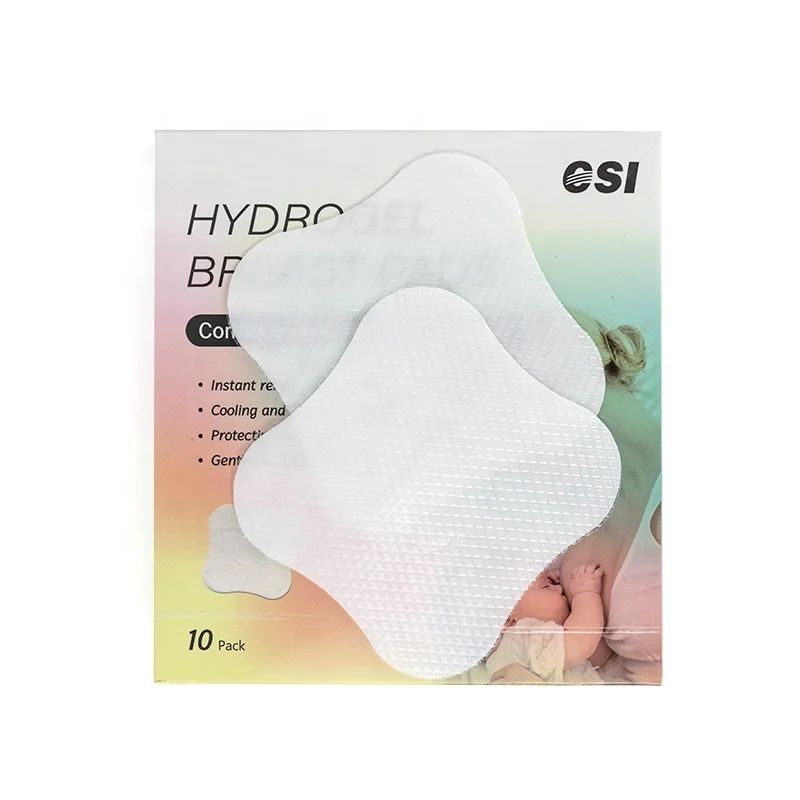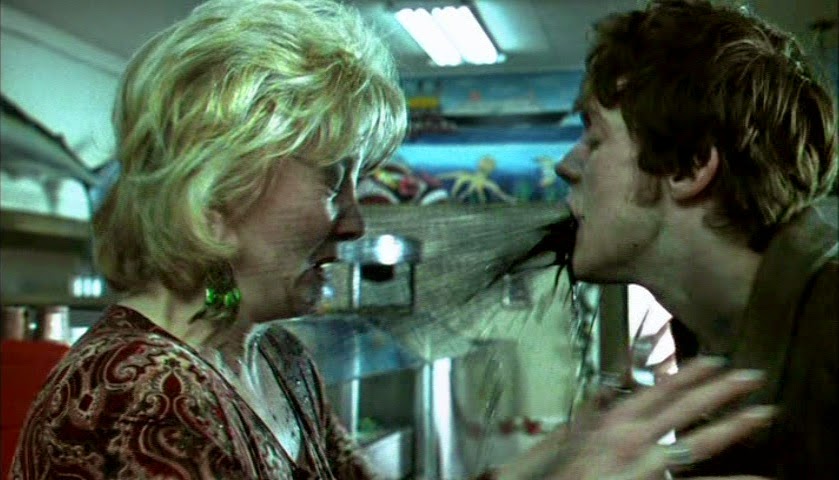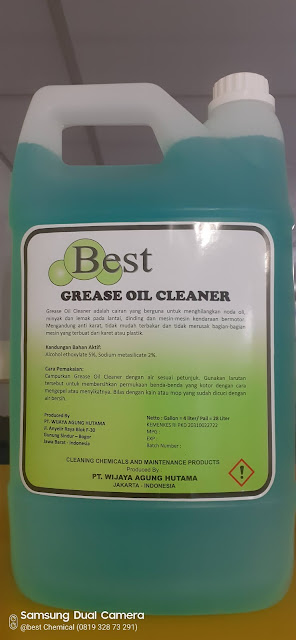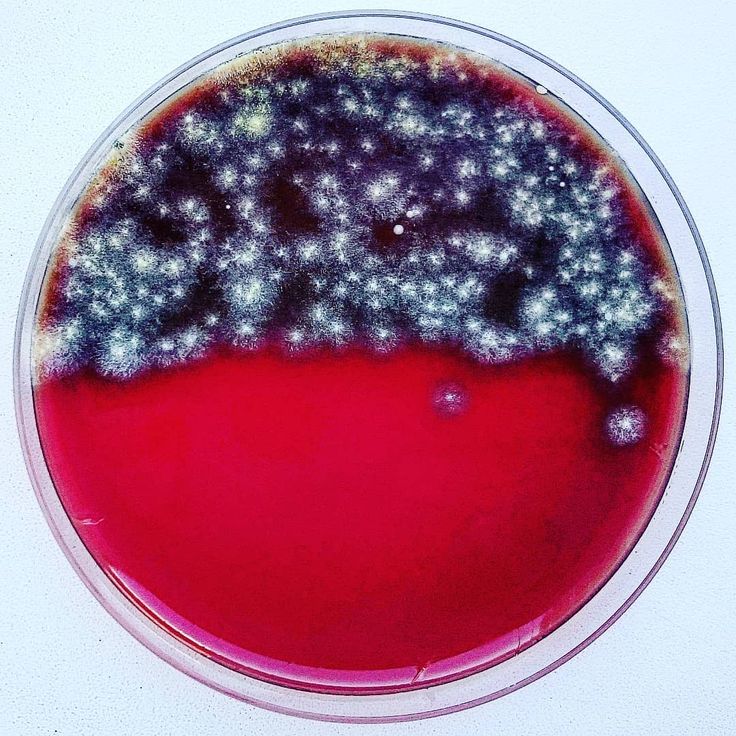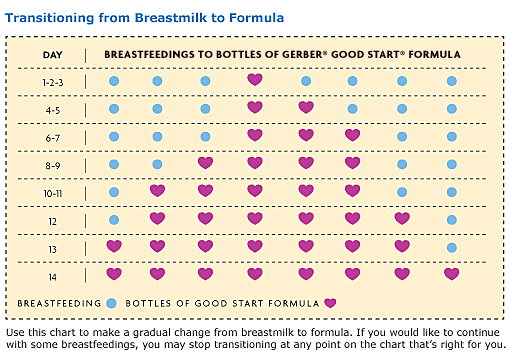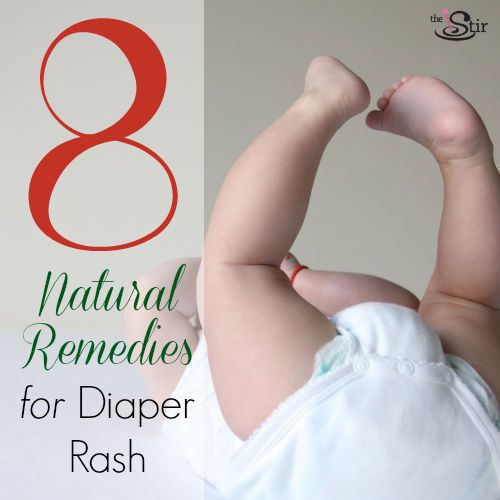Cracked nipple relief
Healing Tips for Nipple Cracks or Abrasions • KellyMom.com
By Kelly Bonyata, BS, IBCLC
The following measures can be very helpful if the skin on the nipple is broken for any reason (cracked nipple due to shallow latch, tongue-tie/lip-tie or other anatomical variations, thrush, a bite, milk blister, etc.).
Keep in mind that one of the most important factors in healing is to correct the source of the problem.
Now infants can get
all their vitamin D
from their mothers’ milk;
no drops needed with
our sponsor's
TheraNatal Lactation Complete
by THERALOGIX. Use PRC code “KELLY” for a special discount!
Continue to work on correct latch and positioning, thrush treatment, etc. as you treat the symptoms, and talk to a La Leche League Leader and/or board certified lactation consultant (IBCLC) if what you’re doing is not working.
During the nursing session | After nursing | Between nursings | Additional information
- Breastfeed from the uninjured (or less injured) side first.
Baby will tend to nurse more gently on the second side offered.
- The initial latch-on tends to hurt the worst – a brief application of ice right before latching can help to numb the area.
- Experiment with different breastfeeding positions to determine which is most comfortable.
- If breastfeeding is too painful, it is very important to express milk from the injured side to reduce the risk of mastitis and to maintain supply. If pumping is too painful, try hand expression.
After nursing
Salt water rinse
This special type of salt water, called normal saline, has the same salt concentration as tears and should not be painful to use.
To make your own normal saline solution:
Mix 1/2 teaspoon of salt in one cup (8 oz) of warm water. Make a fresh supply each day to avoid bacterial contamination. You may also buy individual-use packets of sterile saline solution.
- After breastfeeding, soak nipple(s) in a small bowl of warm saline solution for a minute or so–long enough for the saline to get onto all areas of the nipple.
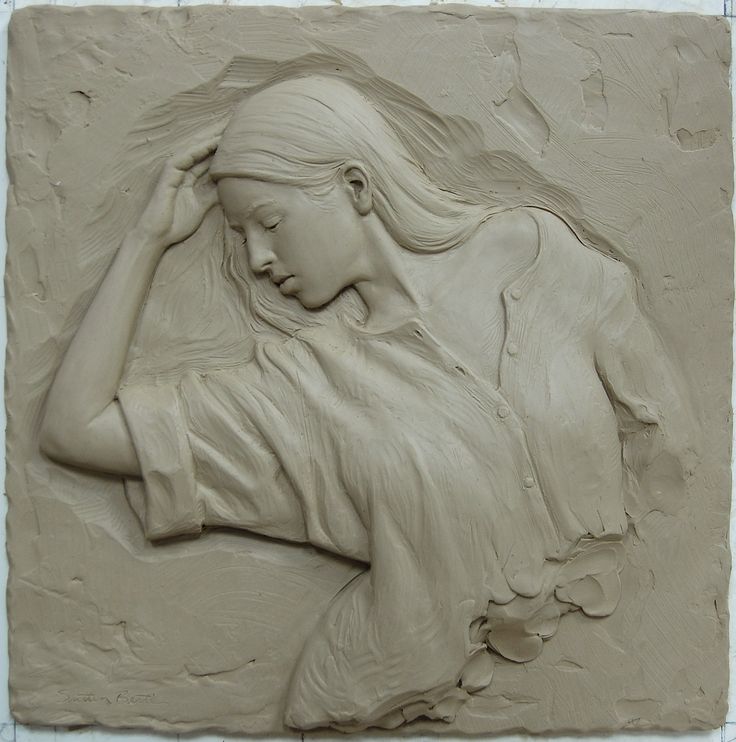 Alternately, put the saline solution into a squeeze bottle and squirt it on gently; use plenty of saline, making sure to get it on all areas of broken skin.
Alternately, put the saline solution into a squeeze bottle and squirt it on gently; use plenty of saline, making sure to get it on all areas of broken skin. - Avoid prolonged soaking (more than 5-10 minutes) that “super” hydrates the skin, as this can promote cracking and delay healing.
- Pat dry very gently with a soft paper towel.
- If baby objects to the taste of the residual salt from the saline rinse, rinse directly before nursing by dipping nipple(s) into a bowl of plain water. Pat dry gently.
After the salt water rinse
- Apply expressed breastmilk to the nipples to promote healing–this can be done in addition to other treatments.
- To promote “moist wound healing” (this refers to maintaining the internal moisture of the skin, not keeping the exterior of the skin wet) apply a medical grade lanolin ointment (e.g., Lansinoh, Purelan), soft paraffin/vaseline or a hydrogel dressing (e.g., ComfortGel, Soothies).
- If you have thrush, follow the saline soak with an antifungal ointment or other thrush treatment.
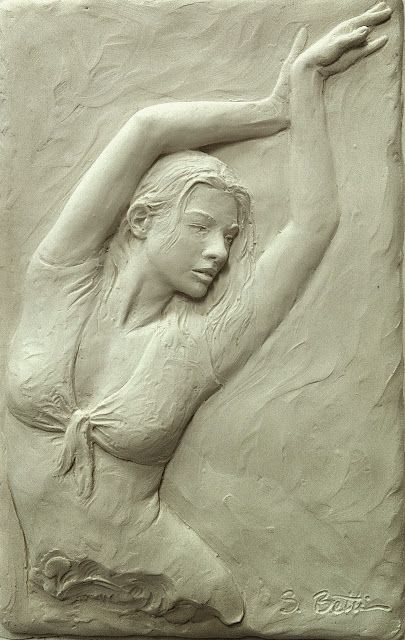
- If needed, apply an antibiotic ointment (e.g. Bactroban/mupirocin, Polysporin) or Dr. Jack Newman’s All Purpose Nipple Ointment(APNO; an antibiotic/anti-inflammatory/anti-yeast combo) sparingly after each feeding.
- Per Hale, Bactroban ointment (mupirocin; lactation risk category L1/safest), available only by prescription, may be the best choice for nursing mothers.
- Of the over-the-counter treatments, Polysporin (Polymyxin B Sulfate and Bacitracin Zinc) may be preferred for topical use in the nipple area of nursing moms over antibiotic ointments containing neomycin (such as Neosporin or triple antibiotic ointment). Neomycin carries a small risk (1-2% of the general population) of contact dermatitis (see The Role of Topical Antibiotics in Dermatologic Practice by J.J. Leyden, MD).
- It is not necessary to wash small amounts of antibiotic or APNO ointment from the nipple prior to nursing, even if baby nurses again within minutes (see Dr. Jack Newman’s Sore Nipples info).
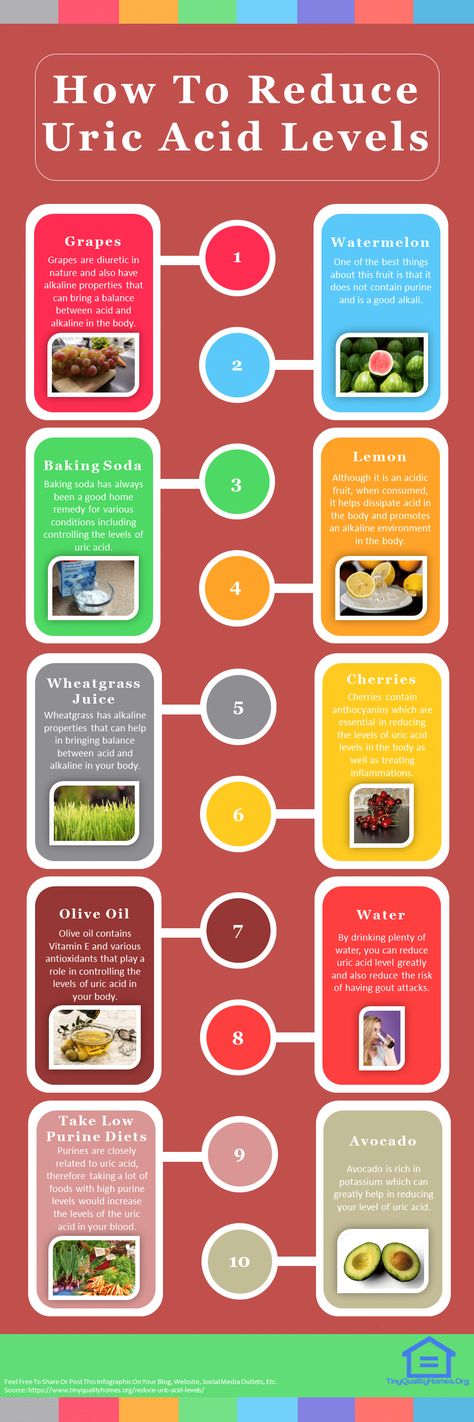 If too much ointment was used and there is an obvious amount remaining when baby is ready to nurse again, gently wipe the excess off with a damp cloth.
If too much ointment was used and there is an obvious amount remaining when baby is ready to nurse again, gently wipe the excess off with a damp cloth.
Between nursings
- Keep nipples exposed to air when possible. When wearing a bra, use fresh disposable pads (change when damp). Some mothers use breast shells to protect the nipple from the dampness and friction of the bra.
- If there is a specific injury–like a bite–cold compresses (ice packs over a layer of cloth) may help: 20 minutes on, 20 minutes off; repeat as needed.
- Ibuprofen (Advil, Motrin) or acetaminophen (Tylenol) is compatible with breastfeeding.
- Once a day, use a non-antibacterial, non-perfumed soap to gently clean the wounded area, then rinse well under running water. Using soap on the nipple area is not recommended unless the skin is broken.
Contact your health care provider if you notice:Fever, inflammation/redness, swelling, oozing, pus, or other signs of infection.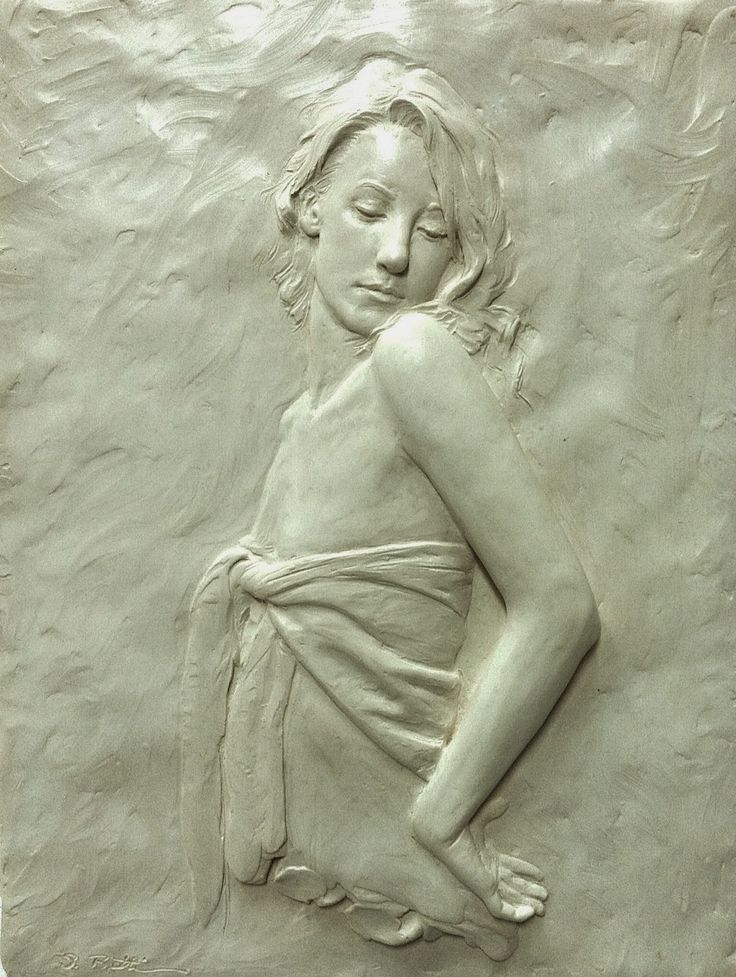 It is possible to have multiple infections (both fungal and bacterial). It is possible to have multiple infections (both fungal and bacterial). If the nipple is obviously infected, then talk to your health care provider about the possibility of using an oral (systemic) antibiotic. One study indicated that topical antibiotics and good breastfeeding techniques might not be sufficient if infection is present. (See Livingstone V, Stringer LJ. The treatment of Staphyloccocus aureus infected sore nipples: a randomized comparative study. J Hum Lact. 1999 Sep;15(3):241-6.) See also Oral antibiotic use for sore, cracked nipples and Staphylococcus aureus and sore nipples.) |
Additional information
Treatment of Sore, Cracked, or Bleeding Nipples by Becky Flora, IBCLC
Sore Nipples by Jack Newman, MD, FRCPC
Nipple Pain by Paula Yount
Sore Nipples in the Breastfeeding Mother from Lactation Education Resources
Barton A. Oral Antibiotics and Positioning Are Effective in Decreasing Morbidity in Breastfeeding Mothers.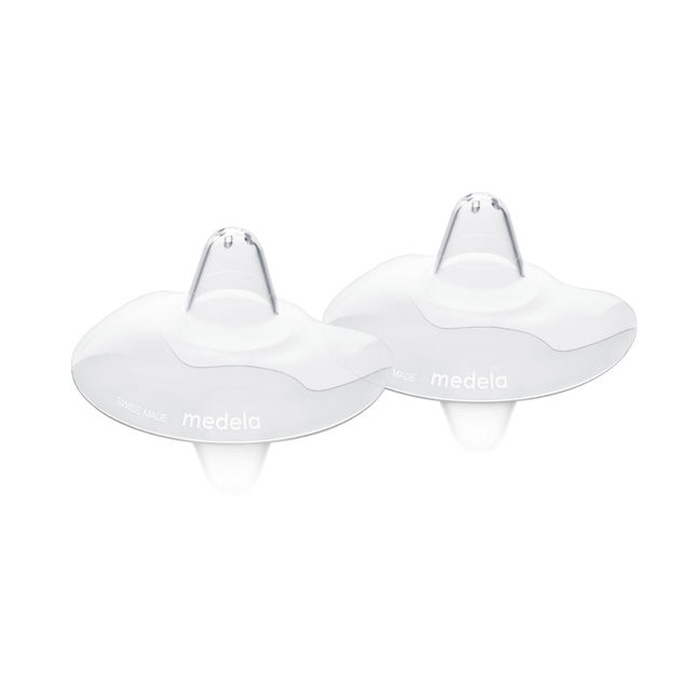 Critically-Appraised Topic from University of Michigan Evidence-Based Pediatrics Web Site, February 14, 2000.
Critically-Appraised Topic from University of Michigan Evidence-Based Pediatrics Web Site, February 14, 2000.
Buchanan P, Hands A, Jones W. Assessing the evidence: Cracked Nipples and Moist Wound Healing. Paisley, Scotland: The Breastfeeding Network, March 2002.
Livingstone V, Stringer LJ. The treatment of Staphyloccocus aureus infected sore nipples: a randomized comparative study. J Hum Lact. 1999 Sep;15(3):241-6.
Martin J. Nipple Pain: Causes, Treatments, and Remedies. Leaven. February-March 2000;36(1):10-11.
Morland-Schultz K, Hill PD. Prevention of and therapies for nipple pain: a systematic review. J Obstet Gynecol Neonatal Nurs. 2005 Jul-Aug;34(4):428-37.
Cracked nipple Wikipedia
Cracked Nipples: Natural Remedies
Overview
If you’re a breast-feeding mother, you’ve probably had the unpleasant experience of sore, cracked nipples. It’s something that many nursing moms endure. It’s usually caused by a bad latch. This results from improper positioning of your baby at the breast.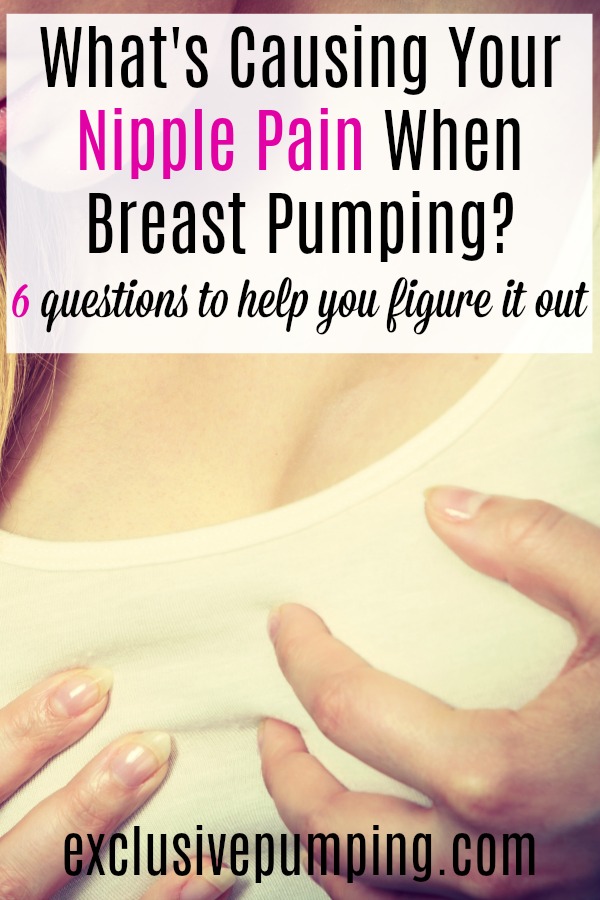
Try these five natural remedies to treat sore, cracked nipples. Then learn what you can do to prevent this problem from happening again.
What Causes Cracked Nipples?
Traumatized nipples are described as nipples that are:
- sore
- oozing
- bleeding
- throbbing
- cracked
There are two frequent causes of traumatized nipples: poor latch at the breast and suction trauma as a result of improper positioning.
There are a number of possible reasons for incorrect positioning. Breast-feeding is a learned skill for moms and babies alike. It takes a bit of practice to properly position the nipple in a baby’s mouth and their body against the mother.
Babies who aren’t latched well may protect themselves from forceful letdown reflexes by pinching off the nipple. If a baby has a shallow latch, they may also nurse more frequently. This is because they aren’t getting as much milk at each breast-feeding session.
La Leche League International notes that, in other cases, a baby will pinch their mother’s nipple because of anatomical issues, including a:
- tongue-tie
- small mouth
- receding chin
- short frenulum
- high palate
Other possible causes include:
- nipple confusion (a possibility if you’re breast-feeding, bottle-feeding, or offering pacifiers)
- sucking problems
- baby retracting or improperly positioning their tongue during nursing
It’s important to determine what’s causing your cracked, sore nipples so you can avoid a recurring problem.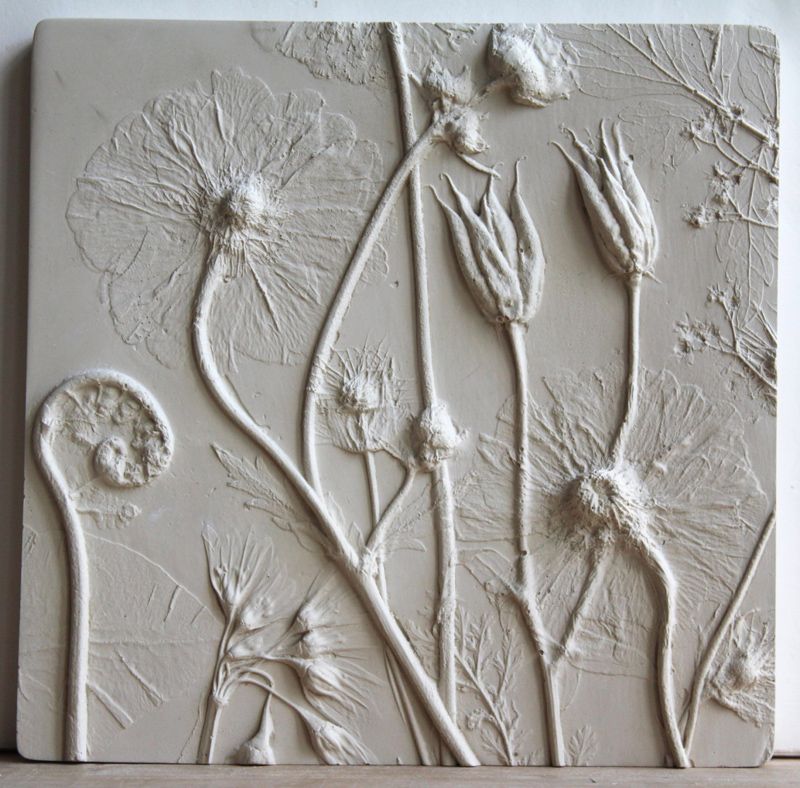 Speak to a certified lactation consultant. They will be able to assess both your breast-feeding and latch techniques. They can also look at your baby’s sucking patterns and strength.
Speak to a certified lactation consultant. They will be able to assess both your breast-feeding and latch techniques. They can also look at your baby’s sucking patterns and strength.
How Can I Treat Cracked Nipples?
Proper positioning is essential for preventing future trauma to your nipples. But how can you treat cracked nipples if you have them?
There are several home and store-bought options for treatment.
Apply Freshly Expressed Breast Milk
Smoothing freshly expressed breast milk onto cracked nipples may help them heal by offering antibacterial protection. If you’re a nursing mother, you’ll have breast milk on hand, making it easy to apply after breast-feeding sessions.
Make sure to wash your hands before gently applying a few drops of breast milk to your nipples. Allow the milk to air-dry before covering up.
Note: If you have thrush, this remedy should be avoided. Any breast milk should be rinsed off the nipple after feeding your baby. Yeast grows quickly in human milk.
Yeast grows quickly in human milk.
Warm Compress
This is another readily available and inexpensive treatment option. While there aren’t any antibacterial benefits, you may find using warm, damp compresses after breast-feeding to be soothing on sore, cracked nipples.
- To apply, dip a washcloth in warm water.
- Wring out excess liquid.
- Place the washcloth over your nipple and breast for a few minutes.
- Gently pat dry.
Salt Water Rinse
This homemade saline solution will help hydrate the skin and promote healing:
- Mix 1/2 teaspoon of salt in 8 ounces of warm water.
- Soak the nipples in a small bowl of this warm saline solution for about one minute after breast-feeding.
- You can also use a squirt bottle to apply the solution to all areas of the nipple.
- Pat gently to dry.
Be sure to make a fresh supply of saline solution daily to reduce the chances of bacterial contamination. If your baby doesn’t seem to like the taste of the dried solution, rinse your nipples before feeding.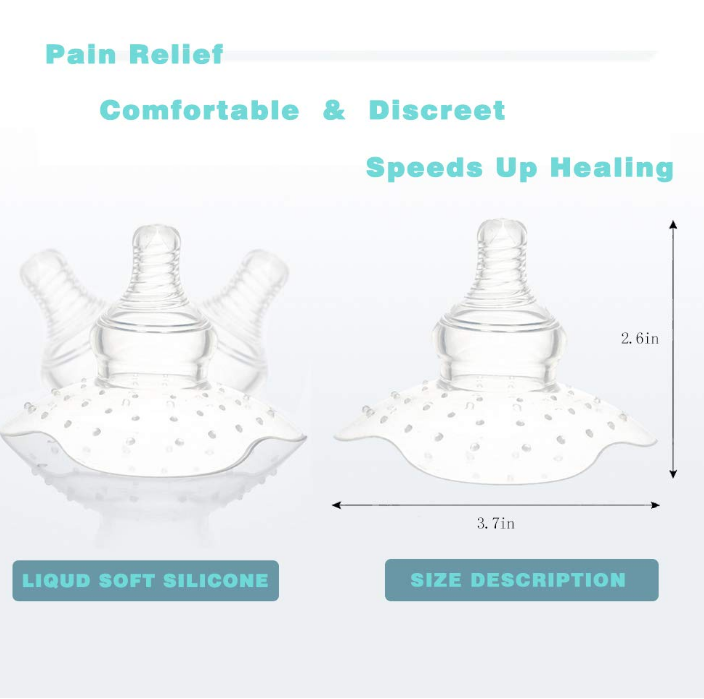
Apply Medical Grade Lanolin Ointment
Using a lanolin ointment specifically designed for breast-feeding mothers will help promote moist wound healing. Apply to nipples after breast-feeding. It doesn’t need to be removed before nursing your baby.
Change Nursing Pads Frequently
Change nursing pads as soon as they become damp. Leaving the moisture against your nipples can delay healing. Also avoid nursing pads made with plastic linings. They can obstruct airflow. Look for pads made from 100 percent cotton.
Remedies to avoid
You may hear of other remedies for cracked, sore nipples. But some of these can be counter-effective and should be avoided.
- Wet tea bags: This is a popular remedy in many locations around the world. While they’re inexpensive, the tannic acid from the tea can have an astringent effect on the nipple. This can dry out the nipple or even cause cracking. If the moist warmth is appealing, stick with a plain water compress.

- Using ointments or creams that aren’t 100 percent lanolin, or shouldn’t be ingested:Some products marketed to breast-feeding mothers can prevent air circulation and dry out the skin. Avoid products that shouldn’t be ingested. These could be harmful to your baby. If you must wash your nipples before every feeding, you’ll lose the benefit of natural lubrication.
Takeaway
Remember, cracked nipples are often a symptom of breast-feeding. While it’s important to help cracked nipples heal, it’s also important to address the cause of the problem.
If you have questions or concerns about cracked nipples, see your pediatrician or a certified lactation consultant.
Share on Pinterest
Lubby silicone pacifier with round nipple with relief and cap 0+/23822
Characteristics
004
Description
- Brand LUBBY (Labby) - pleasant to use, safe and beautiful children's products from 0 to 3 years.

- LUBBY SILICONE SOAP WITH ROUND NIPPLE RELIEF SURFACE WITH CAP - Code: 23822
- Age: from 0 months.
- Teat: silicone
- Soother with round silicone nipple designed for babies from birth.
- At the base of the nipple are small protrusions that have a massage effect.
- The shape of the symmetrically perforated muff allows free air circulation to prevent diaper rash.
- The plastic cap keeps the teat clean.
- The specified age is recommended and depends on the individual characteristics of the child's development.
- -not contains bispenol -a (BPA Free)
- -Circular silicone nipple
- -Air is a firm for air circulation
- -in a set for storage 9000
- -Massage effect due relief surface
- Shelf life - 10 years
- Shelf life - 45 days
Indications
- For healthy development of the oral cavity - for children from 0 months0009
Contraindications
- Individual intolerance to the materials of the product.
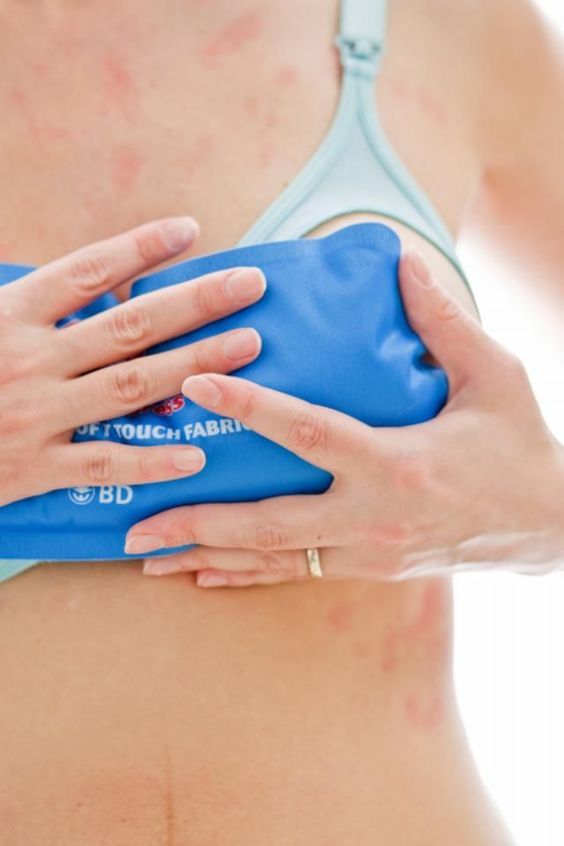
Method of administration and doses
- Use and care: before the first use, sterilize by boiling (in an open container for 3-5 minutes), or in sterilizers and microwave ovens using special devices, following their instructions.
- After each use and when soiled, wash thoroughly with warm soapy water or in the dishwasher on the top shelf.
- ATTENTION!!! Microwave use: Sterilization only
Special instructions
- For your child's safety: WARNING!
- In rare cases, latex, as a natural material, can cause an allergic reaction.
- Store at room temperature in a dry, ventilated area.
- Protect from sunlight and dirt.
- Check before use.
- Do not use if signs of damage or wear appear.
- It is not recommended to soak the nipple in sugary liquids to avoid damage to the nipple.
- Not a toy.

- Keep out of the reach of children.
- Do not use after the expiration date.
- Keep packaging.
Storage temperature
- from 2 ℃ to 25 ℃
Organization authorized to accept claims
- Labbi LLC
-
- www.lubby.com 9000
0 9000 9000 9000 9000 9000 9000 9000 9000 9000 9000 9000 9000 9000 9000 9000 9000 9000 9000 9000 9000 9000 9000 9000 9000 9000 9000 9000 9000 9000 9000 9000 9000 9000 9000 9000 9000 9000 9000 9000 9000 9000 9000 9000 9000 9000 9000 9000 9000 9000 9000 9000 9000 9000 9000 9000 9000 9000 9000 9000 9000 9000 9000 9000 9000 9000 9000 9000 9000 9000 9000 9000 9000 9000 9000 9000 9000 9000 9000 9000 9000 9000 9000 9000 9000 9000 9000 9000 9000 9000 9000 9000 9000 9000 9000 St. Petersburg, per. 5th Upper, 1, lit. Zh, room 348
- [email protected]
- 8 800 775 80 86
- www.lubby.com 9000
beauty treatments for breasts
Another trend is that cosmetologists now apply almost all facial procedures on the chest and are satisfied with the result.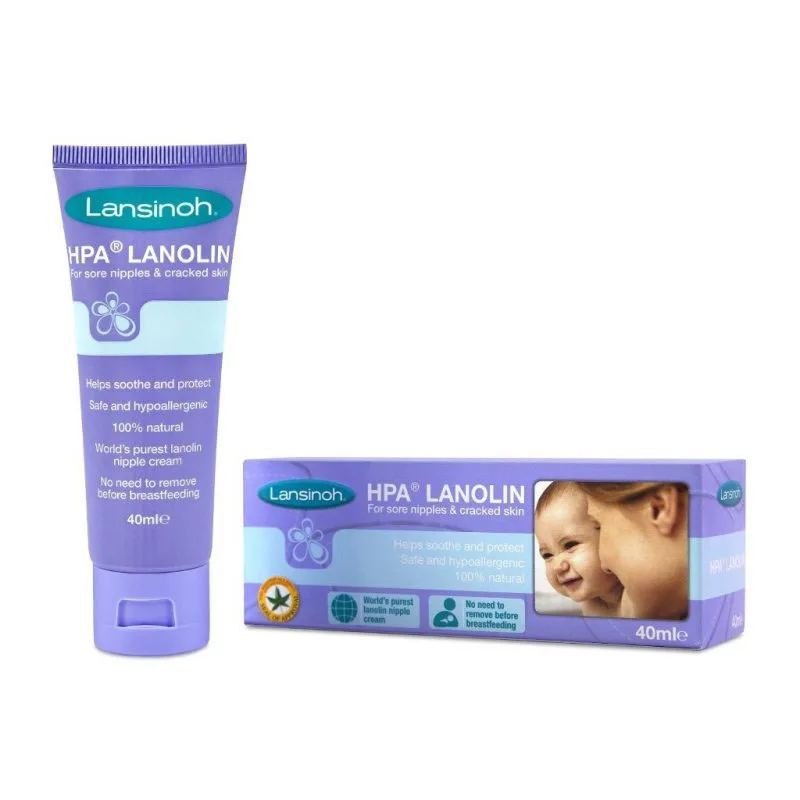 Moreover, companies producing cosmetology devices began to create appropriate protocols for their hit developments. For example, the most powerful lifting units that act with focused ultrasound on the deepest layer of the skin - Ulthera, Ultraformer or Doublo - are now used to rejuvenate and tighten the decollete. It hurts, it's expensive, but it's effective - and the hollow will be where it needs to be.
Moreover, companies producing cosmetology devices began to create appropriate protocols for their hit developments. For example, the most powerful lifting units that act with focused ultrasound on the deepest layer of the skin - Ulthera, Ultraformer or Doublo - are now used to rejuvenate and tighten the decollete. It hurts, it's expensive, but it's effective - and the hollow will be where it needs to be.
To rejuvenate the entire breast area, specialists use the Lutronic Lase MD laser device. In two or three procedures, it evens out skin color, removes fine wrinkles and pigmentation, while not damaging the top layer of the skin and not provoking sensitivity to sunlight, so the laser can be used all year round. To make the skin more elastic and even, experts in hardware techniques use needle RF-lifting, which combines radio wave and mechanical effects. A nozzle with microneedles pierces the epidermis to a depth of 3 mm, starting the process of cell division, and the radio wave stimulates collagen production.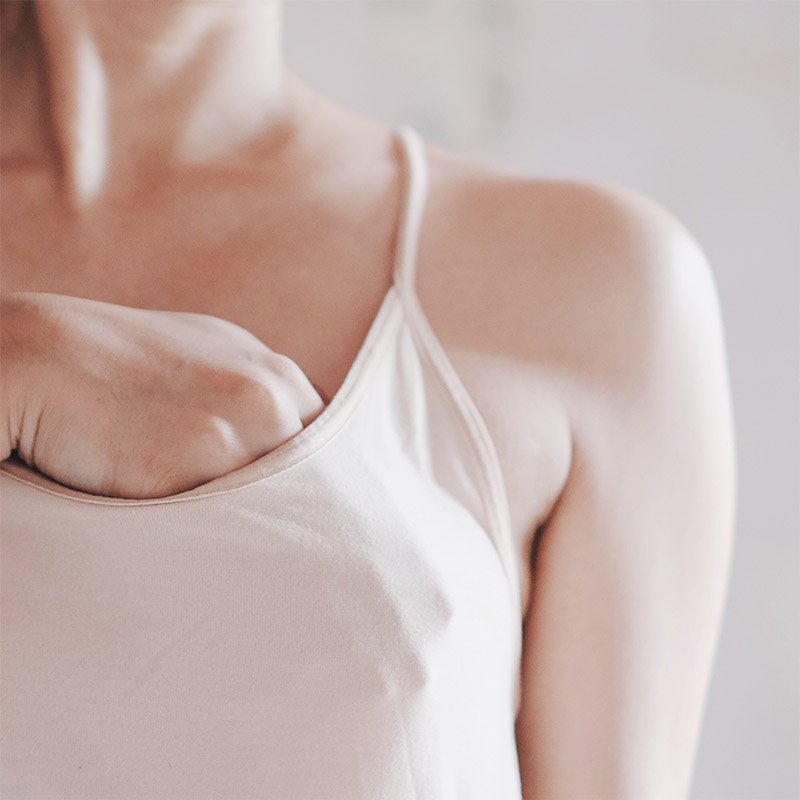
Doctors use more than just machines for the same purposes. “Suppose you have a small chest of size 1-2, it sagged a little and you want to restore its tone,” says Saromytskaya. — To do this, we have a wide selection of collagen and hyaluronic acid injections of various densities. Punctures are made to a minimum depth. Just like on the face, papules will remain for a couple of days, after which the breast will become more elastic in appearance and touch, and hyaluronic acid will add a little volume. Not without botulinum toxin. Ten to twenty injections into the pectoralis major muscle around the mammary gland relaxes this area, pulling the chest down. And the main load is taken by the shoulders and other pectoral muscles that pull her top. Doctors still have polymilk threads at their disposal - installing 30-40 pieces on each side near the collarbone noticeably tightens the chest, and the result will last at least a year. “Lifting manipulations are only suitable for small breasts, a maximum of the second,” says Saromytskaya.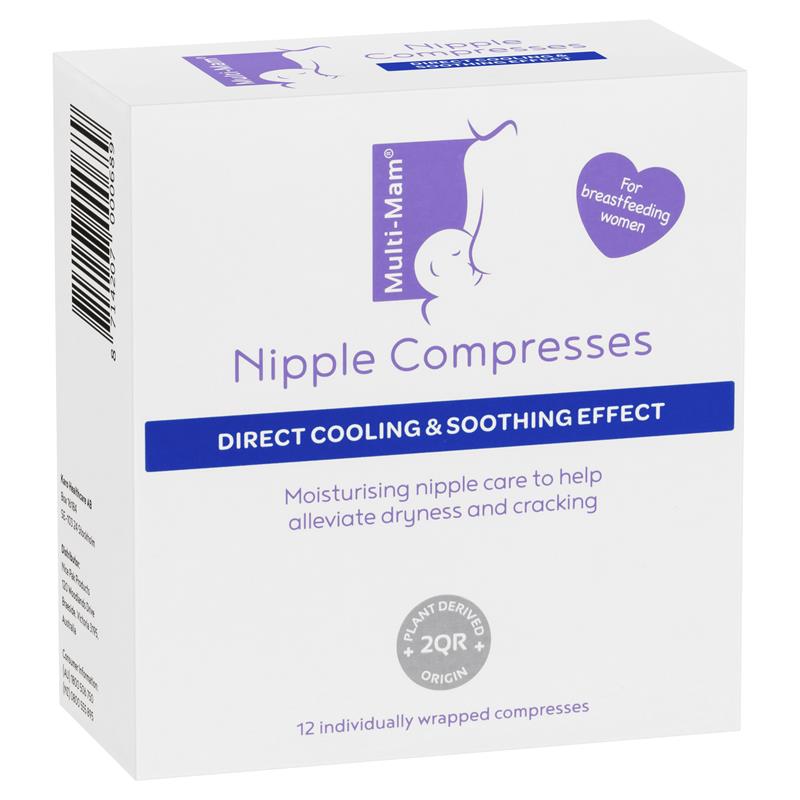 - And most often the best result is guaranteed by a combination of several of the above methods. If you have large breasts that sag with age or after childbirth, then cosmetic manipulations are meaningless. Only plastic surgery will help.”
- And most often the best result is guaranteed by a combination of several of the above methods. If you have large breasts that sag with age or after childbirth, then cosmetic manipulations are meaningless. Only plastic surgery will help.”
Mesotherapy with polylactic acid with the help of Sculptra and AestheFill occupies a separate place in the issue of breast augmentation. They have already worked to shape the buttocks, next in line is the chest. “This is a biodegradable material based on corn starch, which, on the one hand, stimulates such an active production of collagen that the skin thickens and the shape of the breast becomes more accurate,” explains Alexandra Lyubaeva, founder of the L.A.7 clinic. “On the other hand, polylactic acid in the composition adds volume . But I am against the complete filling of the mammary glands with this drug, only in the surface layer: on ultrasound, the filler gives a darkening, and there is a risk of missing the tumor. In general, before procedures on the chest, a preliminary consultation with a mammologist and his permission is necessary.